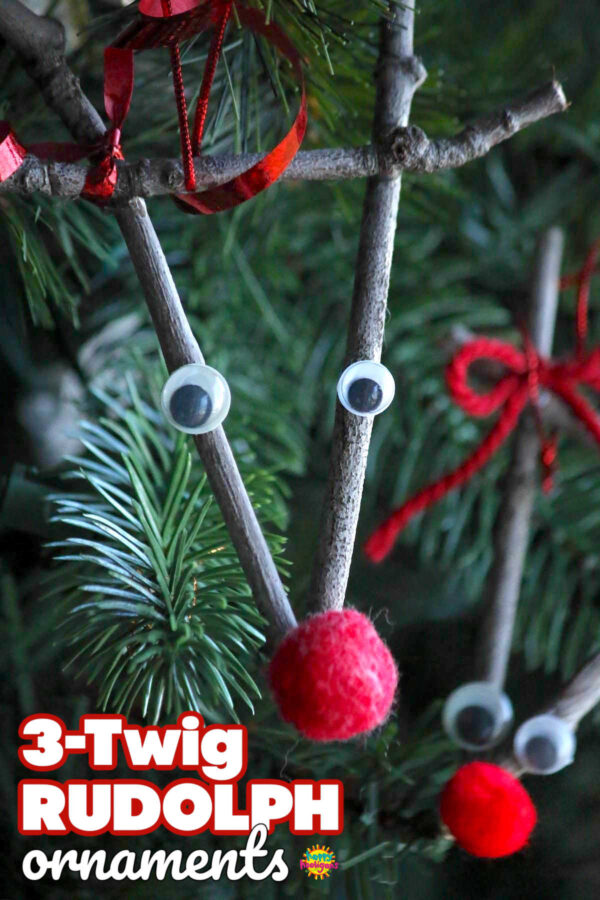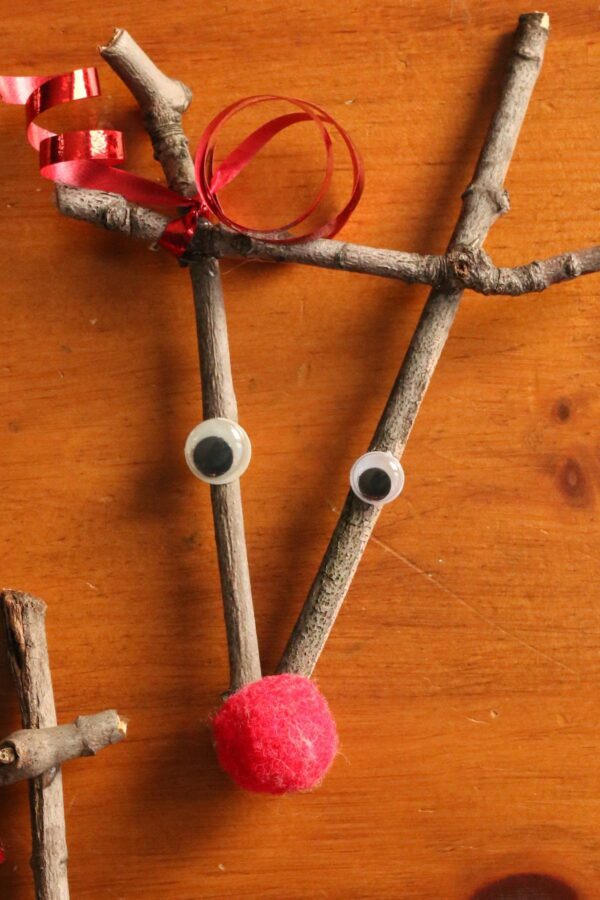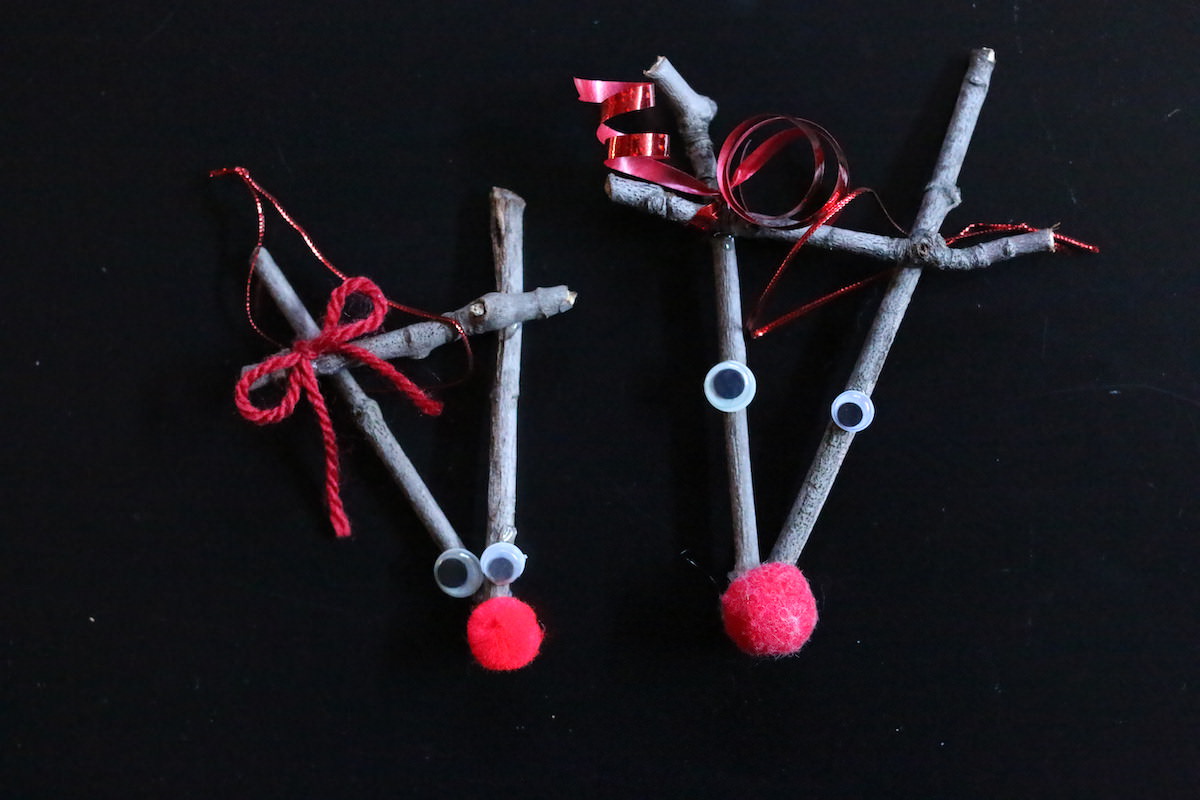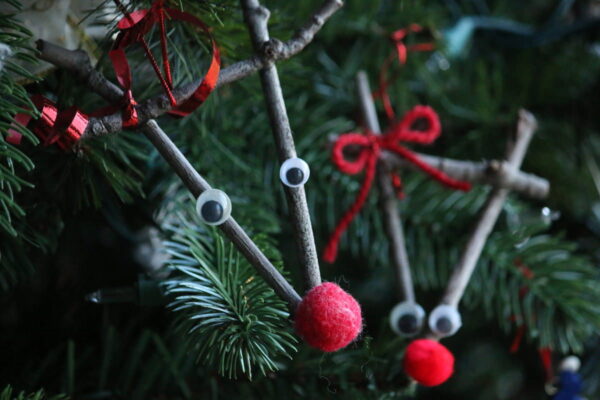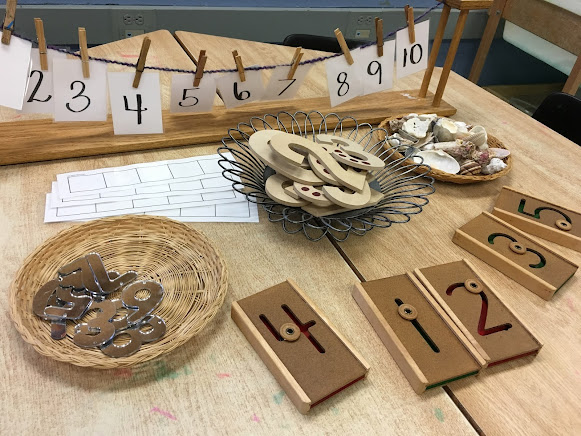I
grabbed a coffee from a drive through this past weekend. While there I
chatted with the employee working at the window. I asked him how his day
was going.
“It
was great until about five minutes ago,” he said. “I just saw my former
math teacher. I haven’t seen him in years. Nice guy but I dreaded his
class. I just never really felt like I belonged. I hated the math. Just
couldn’t relate. Seeing him brought up all those old feelings for me
again.”
As
someone who loves math I was devastated to hear this story. As a
kindergarten educator I try my best to cultivate a safe and supportive
space where children feel like they are equal members of a democratic
learning environment. I want kids to love math and see themselves as
authentic mathematicians. Inclusive learning environments are ones in
which children feel fully supported, and that their contributions and
perspectives are equally valued and respected regardless of their
identities or learning preferences. There is a sense of belonging for
everyone.
Every
child has the right to learn and reach his or her highest potential.
This is especially important in mathematics, where growth mindset and
differentiated learning and assessment approaches can make all the
difference in how children interact within, and enjoy classroom
explorations.
Inclusive
math education ensures access to quality learning experiences for all
children by meeting their diverse needs in a way that is responsive,
accepting, respectful and supportive. Educators should work to diminish
and remove barriers that may lead to children’s disengagement and
exclusion.
There are many ways we can creative inclusive learning environments. Here are a few suggestions:
Critically Examine your Math Questions and Prompts
Consider
the types of questions you ask children. Can they relate to what they
are being asked? Are the questions relevant to their age, interests,
strengths and needs? Is inclusive language used? I recall feeling
troubled reading a question in my daughter’s math work about the number
of marriages that could be possible in a group of people when X number
of men and women paired together. “What about gay couples?” she asked me
when we reviewed her homework that evening.
Honour Student Voice in the Learning Process
Consider
asking children to create the parameters for math work together in
class. As an educator reflect upon the math work you ask children to
complete – do they have a voice in the explorations and activities? Does
math work ebb and flow around natural learning situations in the
classroom or does it exist in isolation from children’s lives? In our
classroom we often explore new math tools together and play with how
they might be used before I suggest a more formal or structured
approach. I try to include children’s ideas as much as possible.
Encourage Unconventional Ways of Representing Math
Consider
the ways in which you ask children to explore math ideas and showcase
their understanding. Do you tend to default to paper and pencil
activities? Do children work only from worksheets or textbooks? Are you
able to encourage children to use their hundreds of languages
(e.g., painting, drawing, building) to explore math problems and share
their findings with others? In the photo this child is exploring
multiplication by creating an array with sticky notes. In our classroom
we try to represent math thinking using innovative, non-traditional ways
of knowing and being that are self-selected by children whenever
possible.
Invite Family Knowledge into Math Experiences
Consider
how you can welcome families into your math activities in order to
enhance children experiences. Do family members have interesting jobs
and hobbies that can be shared to help supplement children’s
understanding of math concepts or how math is used authentically in the
world? How do families feel about math learning? What is it they value
as part of the math learning process? Are their feelings about math
limiting their children’s potential? What role can families play in
supporting children’s emerging confidence when learning new concepts
(e.g., take home math games, reading math books together)? Share
information about math learning with families to help them deconstruct
tasks and engage more authentically with math explorations.
Use Diverse Learning Materials
Consider
the types of materials that are offered to children. Are they diverse
and meet the children’s interests, strengths and needs? Do they offer
multiple ways of engaging with math? Are they inclusive so all children
feel a connection in some way to the experience? Offering math materials
throughout the classroom and not just in a ‘math area’ helps children
see the connection that math has to the world around them and their own
lives. Invite children to co-construct math materials and visuals that
are used throughout the learning space.
Examine your Assumptions and Biases
Sometimes
educators default to teaching about math the way they were taught. When
something is new or uncomfortable it might seem natural to revert back
to familiar ways of knowing and being. Many educators do not enjoy math
and subconsciously communicate this to children. Consider how you talk
about math with others. Do you present a growth mindset when problems
occur that you are unsure of how to solve? Do you approach new and
interesting mathematical situations with a stance of curiosity and
willingness to learn? Math is a beautiful and engaging discipline and
talking about it as such will help learners experience positive
associations with math learning.
Hold High Expectations for all Students
Children
are natural mathematicians. They are curious about the world around
them and want to understand how it works and make connections to others.
Offering low floor, high ceiling
tasks encourage all children to enter into math explorations and helps
differentiate tasks for their individual needs. Activities that relate
immediately to a child’s world and experiences will be more meaningful
for them mathematically. Communicate your belief to children that they
are capable of participating fully in rich math learning and hold them to high expectations. Provide as much time, space and support as needed to ensure children experience success.
Use a Community Approach to Learning
Math
is a communal experience. Too often children have been asked to
complete math tasks in quiet isolation while working at desks. Rethink
how you invite children into math exploration and encourage noise, mess,
and social exploration. Ask children to work together to solve math
problems and share their thinking with others. Resist the urge to
default to thinking that math should look and sound like it might have
in your childhood. Share with families and the greater community that
math learning is rich and layered when we all work together.
Create Unconventional Learning Spaces
Math
can happen anywhere, anytime. Help children see the authentic and
meaningful ways math connects to our world by looking for it beyond the
classroom. Be open to math moments that arise in outdoor play and
exploration, and be intentional about the whole and small group math
experiences you encourage in areas like the gym, library and music room.
Embrace the questions children ask that are mathematical in nature, especially those related to risky play (e.g., “How fast/far/high can I run/jump/climb?”).










